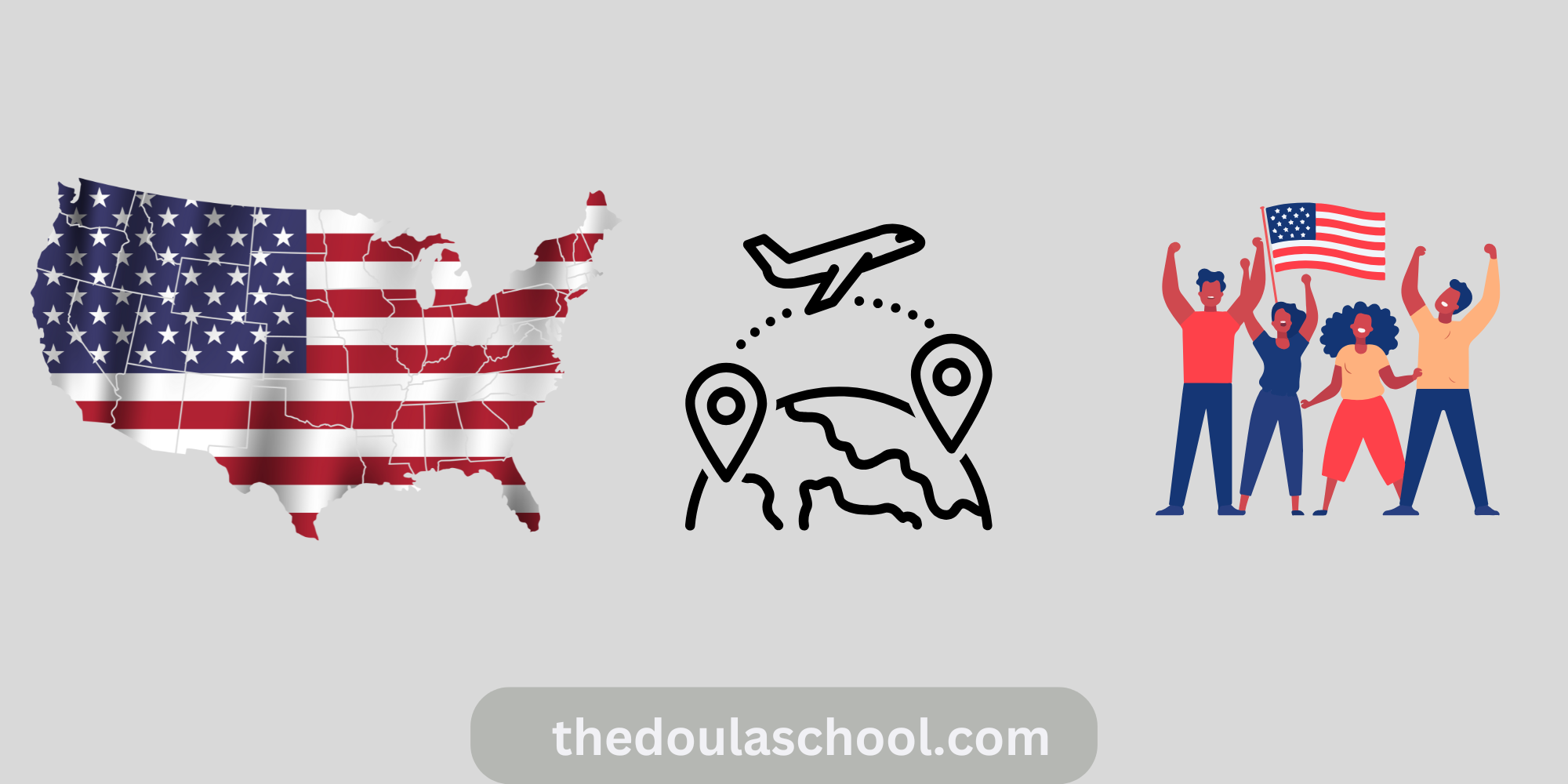The United States, one of the most popular destinations for tourism, education, work, and permanent residence, has a robust visa system to regulate and facilitate entry into the country. This system is complex, with different visa categories tailored to specific purposes. Here, we break down the types of visas, their requirements, and the application process.
Types of United States Visas
The United States issues two main categories of visas: Non-Immigrant Visas and Immigrant Visas. Understanding which type of visa you need is the first step in the application process.
- Non-Immigrant Visas
Non-immigrant visas are for people who wish to visit the U.S. temporarily for tourism, business, study, work, or medical treatment. Here are some of the most common non-immigrant visas:
B-1/B-2 Visas: The B-1 visa is for business purposes, such as attending meetings or conferences, while the B-2 visa covers tourism, visiting friends or family, or seeking medical treatment. Often, these two are combined as the B-1/B-2 visa.
F-1/M-1 Visas: These are student visas. The F-1 visa is for academic study at a U.S. institution, while the M-1 visa is for vocational or non-academic study. Applicants must be accepted by a U.S.-accredited institution and show proof of financial support.
H-1B Visa: This visa is for foreign professionals employed in specialty occupations, such as IT, engineering, or medicine. It requires the applicant to have at least a bachelor’s degree or equivalent experience and sponsorship from a U.S. employer.
J-1 Visa: Known as the exchange visitor visa, the J-1 is for people participating in cultural exchange programs, including research scholars, teachers, and au pairs. Applicants must be sponsored by a U.S. government-approved exchange program.
L-1 Visa: This visa is for intracompany transferees who work in managerial or specialized knowledge positions and are relocating to a U.S. office from a company branch abroad.
O-1 Visa: Issued to individuals with extraordinary abilities in fields like arts, science, education, or athletics, this visa recognizes exceptional achievements.
P Visa: This is for athletes, artists, and entertainers performing in the U.S., either as individuals or as part of a group.
K-1 Visa: Also known as the fiancé(e) visa, the K-1 allows foreign nationals to enter the U.S. to marry their U.S. citizen partners within 90 days of arrival.
- Immigrant Visas
Immigrant visas are for individuals who intend to live permanently in the United States. The most common types include:
Family-Based Visas: U.S. citizens and lawful permanent residents can sponsor their relatives for immigration. Categories include immediate relatives (spouses, children, and parents) and family preference (more distant relatives).
Employment-Based Visas: These are for individuals who have received a job offer from a U.S. employer. There are various subcategories, like EB-1 for individuals with extraordinary abilities and EB-5 for investors who create jobs in the U.S.
Diversity Visa Lottery: Each year, the Diversity Immigrant Visa Program issues up to 55,000 visas to individuals from countries with low immigration rates to the United States. It is a random lottery, but applicants must meet eligibility requirements.
The Visa Application Process
Applying for a U.S. visa involves several steps, depending on the type you are seeking. Here’s a general overview:
- Determine the Appropriate Visa Type
The first step is to understand which visa category best suits your purpose. The U.S. Department of State website provides tools and resources to help you identify the appropriate visa.
- Complete the DS-160 or DS-260 Form
Non-Immigrant Visas: Fill out Form DS-160, the Online Nonimmigrant Visa Application. This form requires detailed information about your travel plans, background, and purpose of visit.
Immigrant Visas: Complete Form DS-260, the Immigrant Visa and Alien Registration Application.
- Pay the Visa Application Fee
Fees vary based on the type of visa. Payments are generally non-refundable, even if the visa is denied.
- Schedule an Interview
Applicants aged 14-79 must attend a visa interview at a U.S. embassy or consulate. Wait times for interviews vary depending on the location and time of year, so plan accordingly.
- Prepare for Your Interview
You will need to bring specific documents to your interview, including:
A valid passport
The confirmation page of your DS-160 or DS-260 form
A recent passport-sized photo
Receipt of your visa fee payment
Supporting documents, such as a letter of invitation, proof of financial stability, or evidence of ties to your home country
- Attend the Interview
During the interview, a consular officer will ask questions to assess your eligibility. Be honest and concise in your answers. The officer may approve or deny your visa based on your application and interview performance.
- Visa Issuance
If approved, your visa will be placed in your passport, and you may be given instructions about entry into the United States. If denied, you will be informed about the reason for the denial.
Common Challenges and Tips
- Visa Denial: Visas may be denied for various reasons, such as inadequate ties to the home country, lack of financial support, or incomplete documentation. Understanding the requirements and preparing thoroughly can minimize the risk of denial.
- Document Preparation: Having all necessary documentation is crucial. Double-check for accuracy and completeness before submitting your application.
- Financial Evidence: Especially for student and tourist visas, showing that you can support yourself financially is essential. Bank statements, scholarship awards, or affidavits of support may be required.
- Language Barriers: If English isn’t your first language, practice answering common interview questions or bring an interpreter if allowed.
Conclusion
The United States visa application process can be rigorous, but with thorough preparation and a clear understanding of requirements, applicants can increase their chances of success. Whether you are visiting for business, studying, or hoping to make the U.S. your permanent home, it is important to stay informed and well-prepared. The U.S. immigration policies may change, so always consult the official U.S. Department of State website or legal experts for the most current information.



